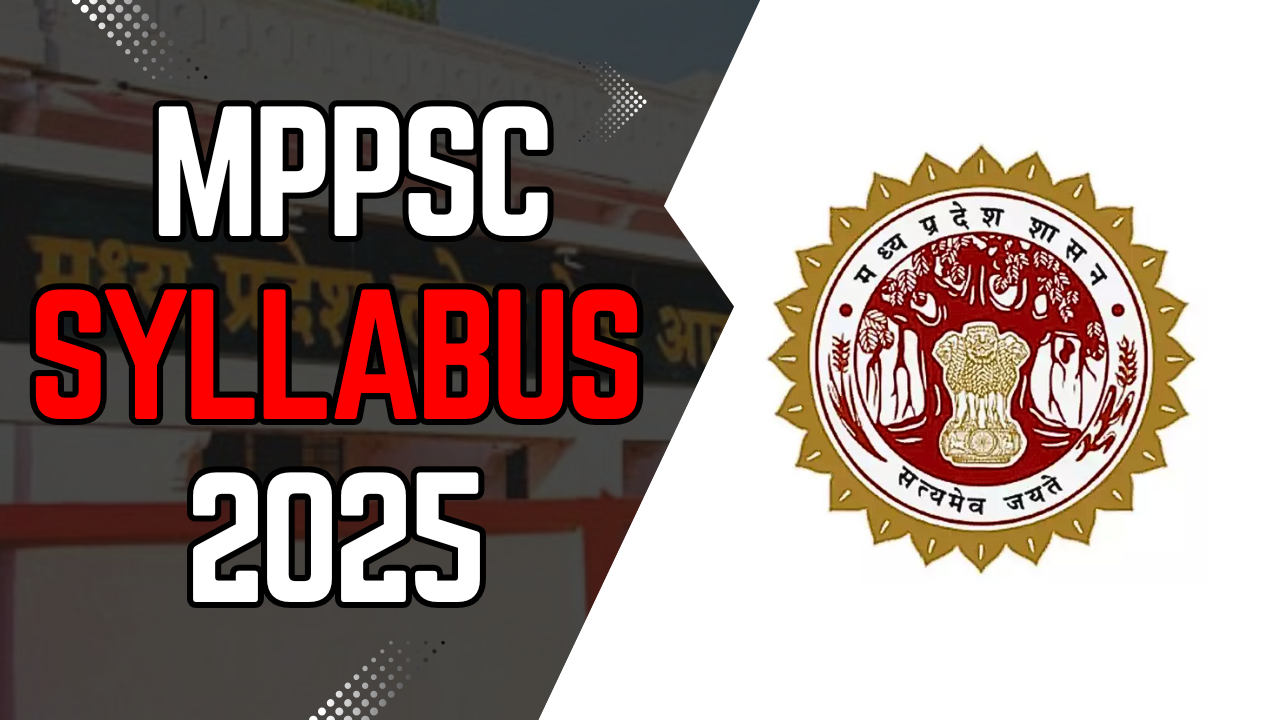The Reserve Bank of India (RBI) announced an unprecedented dividend transfer of ₹2.69 lakh crore to the central government for fiscal year 2024–25, marking a 27.4% increase from the previous year’s ₹2.1 lakh crore. This development holds significant implications for India’s fiscal stability, liquidity management, and economic growth strategies. For UPSC aspirants, understanding this event is critical for grasping macroeconomic governance, monetary policy frameworks, and fiscal consolidation mechanisms.
Economic Significance of RBI’s Dividend Transfer
Key Facts and Figures
The RBI’s Central Board approved the dividend during its 616th meeting under Governor Sanjay Malhotra. Notable highlights include:
Largest-ever dividend transfer in India’s history, surpassing FY24’s ₹2.1 lakh crore.
27.4% year-on-year growth in surplus transfer, reflecting robust RBI earnings.
Exceeds budgetary estimates by ₹13,000 crore (government projected ₹2.56 lakh crore).
This surplus, governed by the Economic Capital Framework (ECF), ensures the central bank maintains adequate reserves while supporting government finances.
RBI’s Revenue Generation Mechanisms
Primary Income Sources
The RBI’s earnings stem from diversified channels:
Seigniorage Profits:
Difference between currency production costs and face value generates substantial revenue. For FY25, seigniorage contributed ~18% of total income due to increased cash circulation post-demonetization1.
Foreign Exchange Operations:
Managing India’s $644 billion forex reserves (as of May 2025) yields returns through:
Interest on U.S. Treasury bonds and foreign sovereign securities.
Profits from strategic dollar sales to stabilize the rupee (₹83.4/USD in FY25).
Domestic Asset Management:
Open Market Operations (OMOs) involving government securities (G-Secs) and Treasury Bills.
Repo rate transactions with commercial banks, earning interest on short-term liquidity injections.
Banking Services:
Fees from currency distribution, debt management, and real-time gross settlement (RTGS) systems.
Fiscal Impact on Government Finances
Mitigating Fiscal Deficit
The dividend infusion enables the government to:
Reduce FY25 fiscal deficit by 0.2% of GDP (from 4.4% to 4.2%), as per SBI’s Ecowrap report2.
Allocate ₹70,000 crore for defense modernization and infrastructure projects without additional borrowing.
Offset sluggish tax collections, particularly in GST and corporate tax segments.
Liquidity Augmentation
Banking system liquidity surges by ₹6 lakh crore, lowering short-term lending rates (WACR dips to 5.85% from 6.25%).
OMO purchases reduced: RBI may curtail bond buybacks, easing pressure on long-term yields.
Historical Trends in RBI Surplus Transfers
| Fiscal Year | Dividend (₹ Crore) | Growth Rate (%) |
|---|---|---|
| FY18 | 50,000 | — |
| FY19 | 1,75,988 | 251.98 |
| FY20 | 57,128 | -67.54 |
| FY21 | 99,122 | 73.51 |
| FY22 | 30,307 | -69.42 |
| FY23 | 87,416 | 188.44 |
| FY24 | 2,10,874 | 141.23 |
| FY25 | 2,68,590 | 27.37 |
Source: RBI Annual Reports
The consistent overshooting of budget estimates (third consecutive year) underscores RBI’s adaptive risk management and forex gains.
Strategic Utilization of Dividend Funds
Priority Sectors for Allocation
Defense Modernization:
Accelerate procurement under the ₹1.5 lakh crore Defense Acquisition Plan 2025.
Enhance border infrastructure amid geopolitical tensions.
Capital Expenditure (Capex):
Expand National Infrastructure Pipeline (NIP) projects in railways (₹2.4 lakh crore allocation) and highways.
Support PM Gati Shakti initiatives for multimodal connectivity.
Social Welfare Schemes:
Augment PM-KISAN payouts (₹8,500 crore/month) and MGNREGA wage hikes (₹250/day).
Fund Ayushman Bharat expansion to cover non-communicable diseases.
Future Implications and Monetary Policy
Liquidity Management Challenges
Excess liquidity (₹4–4.5 lakh crore in Q1 FY26) may necessitate:
Incremental Cash Reserve Ratio (CRR) hikes.
Variable Rate Reverse Repo (VRRR) auctions to sterilize surplus funds.
Inflation and Growth Dynamics
CPI inflation could moderate to 4.1% (from 4.9% in FY24) with improved supply-side liquidity.
GDP growth projected at 7.3% for FY25, fueled by public investment and consumption revival.
Why This Matters for UPSC Preparation
Key Themes for GS Paper III (Economy)
Fiscal Consolidation:
Role of non-tax revenue (RBI dividends) in deficit management.
Interplay between monetary policy (ECF framework) and fiscal priorities.
Monetary Policy Tools:
Contingent Risk Buffer (CRB) as a macroeconomic stabilizer.
Liquidity adjustment mechanisms (OMO, LAF, MSF).
Current Affairs Integration:
Linkages to Economic Survey 2024–25 (fiscal devolution, capex-led growth).
Implications for banking sector stability (NPAs, credit growth).
Essay and Interview Relevance
Case Study: RBI’s dividend policy as a model for central bank autonomy.
Ethics: Balancing profit transfers with financial resilience in public institutions.
Internal Links for Further Reading:






